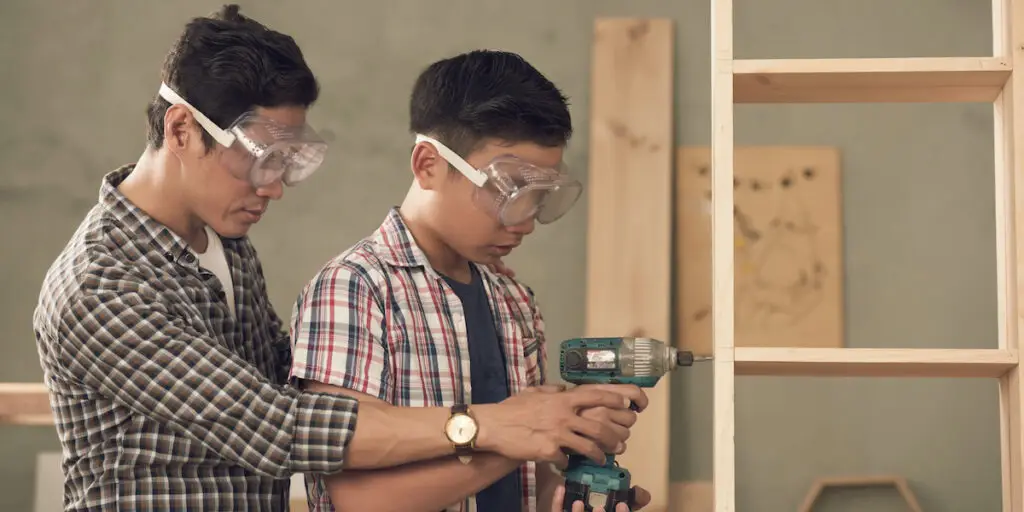Have you ever experienced the frustration of seeing your kid not doing a task correctly (the way we want them to!)? Most often, our kids don’t learn how to do something “right” because we–their parents–don’t take the time to teach them how.
Here’s a proven four-step plan for teaching kids to do almost everything:
Step 1: I do it and you watch. This is the time not only to demonstrate the task but also communicate. Talk through the task as you perform it. For instance, if you really want that next pass of the lawnmower to start three inches inside the last cut, make sure you say so and demonstrate it as you mow. Answer questions and provide clarification.
Step 2: I do it then you do it. This is a time of more demonstration, followed by supervised performance of the task by your child. Be supportive and patient. Provide gentle and loving guidance where necessary. Expect that it will take your kid time to learn correct methods and to meet your expectations. Don’t forget that it probably took you years of practice to develop that “best” way. Be sure to affirm your child for their improving skills–and their efforts–even if the results are less than what you desire.
Step 3: You do it and I support and supervise. At this point of the process, take a few steps back and let your child perform the task. Engage your child from time to time to see how the task is progressing. They may still need your support, encouragement, and more instruction to perfect their skills. This is still a time to keep calm. Be sure to keep affirming genuine effort. Be aware that this stage, depending on the skills involved or the responsibilities required, may take the longest period of time to progress through.
Step 4: It’s all yours kiddo! When you’ve seen that your child can perform the task to your expectations, you can remove yourself from the task altogether. This doesn’t mean that there will never be an occasion for you to check back in with your child. From time to time, kids will be kids and the task may not be performed as expected. Yet, for the most part, if you’ve used this teaching process with your child, you shouldn’t have to provide much supervision. You might even start planning the next task to teach your son or daughter. It is critical–even at this stage–that you continue to affirm and encourage your children on their performance of these family tasks. They, just like you and I, need to know we are appreciated!



